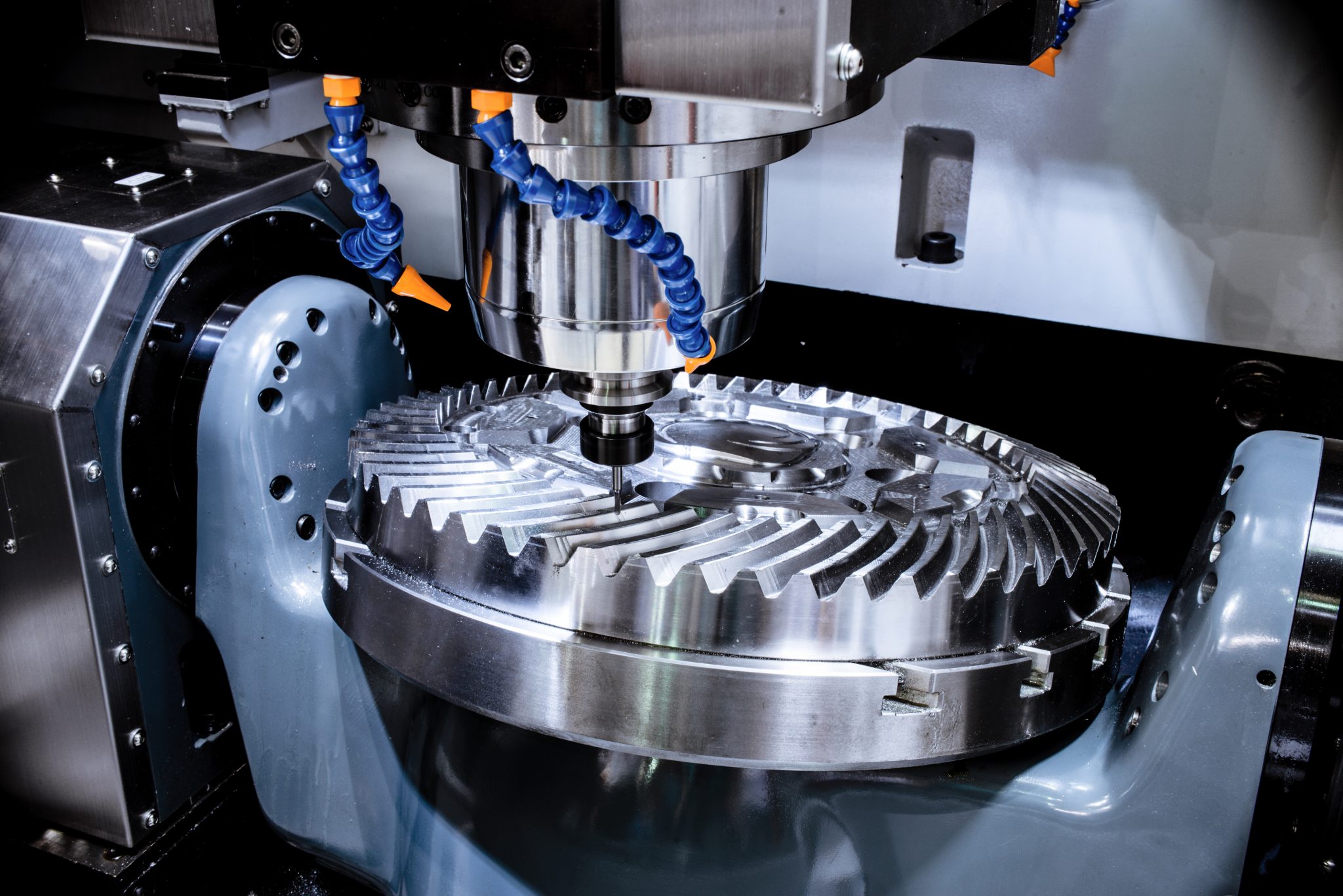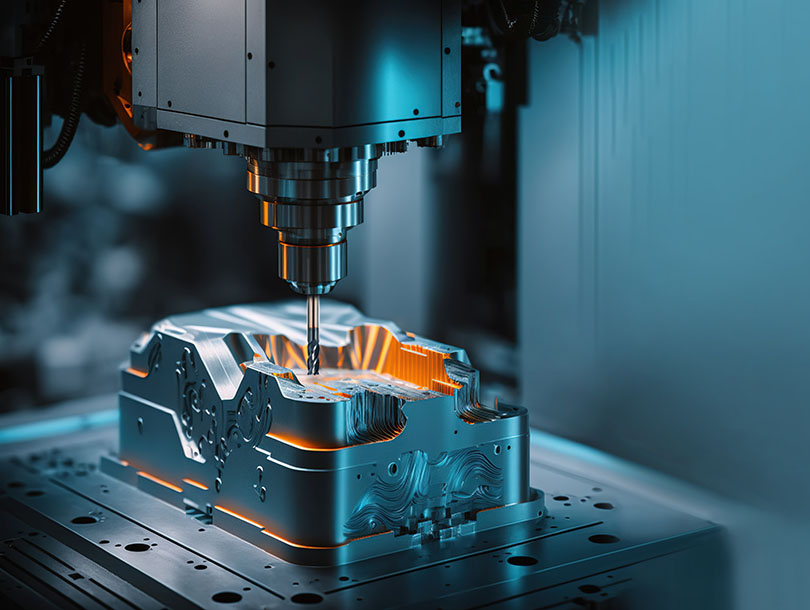Grasping the Art of Fasteners and Machining: Advancements and Ideal Practices
In the world of industrial manufacturing and engineering, the mastery of fasteners and machining is a cornerstone of making sure structural integrity, functionality, and long life in numerous applications. Join us as we explore the most current developments and dive right into the nuanced world of mastering fasteners and machining, uncovering key understandings and strategies that can elevate your approach to engineering services.
Evolution of Attachment Technologies
Throughout the commercial change and right into the modern-day age, the advancement of attaching technologies has actually been marked by constant advancements in effectiveness and dependability. Bolts, such as screws, rivets, and screws, play a crucial role in different markets, consisting of automotive, aerospace, building, and electronic devices. The demand for stronger, more resilient, and easier-to-install attachment solutions has driven development in the field.
One considerable growth has actually been the change towards precision machining methods to produce fasteners with higher tolerances and remarkable efficiency. This change has actually enabled manufacturers to produce fasteners that meet strict high quality criteria and offer increased resistance to corrosion and fatigue.
Moreover, the introduction of innovative products, such as titanium alloys and compounds, has transformed the capacities of fasteners. Fasteners and Machining. These materials offer phenomenal strength-to-weight proportions, making them ideal for applications where reducing weight is essential without endangering architectural honesty
Innovations in Machining Techniques
In the realm of industrial production, the constant development of machining techniques has led the method for unprecedented precision and performance in the manufacturing of fasteners. One of the substantial improvements in machining techniques is the usage of Computer Numerical Control (CNC) modern technology. CNC equipments use unrivaled accuracy and repeatability by permitting automated control of machining tools. This specific control allows manufacturers to develop facility and intricate bolt layouts effortlessly.

Additionally, the fostering of multi-axis machining facilities has made it possible for synchronised reducing procedures from different angles, further improving effectiveness and reducing production times. By utilizing these innovative machining techniques, producers can meet the boosting demand for high-quality fasteners while preserving cost-effectiveness in their procedures.
Selecting the Right Fastener Products
Selecting the proper material for bolts is an essential decision that significantly influences the performance and long life of the put together parts. When selecting the appropriate fastener product, several variables should be considered to make certain the sturdiness and integrity of the final item. The material chosen need to work with the environmental conditions the bolts will certainly be subjected to, such as temperature level variants, wetness levels, and harsh elements.
Typical products used for fasteners include stainless steel, carbon steel, titanium, and aluminum, each offering distinct properties that suit different applications. Stainless-steel, for instance, is known for its rust resistance, making it ideal for outside or marine settings. Carbon steel is an economical option ideal for several general-purpose applications. Aluminum is lightweight and typically made use of in sectors where weight is a crucial aspect. Titanium, on the various other hand, is exceptionally strong and corrosion-resistant, making it suitable for high-performance applications.
Enhancing Accuracy in Machining
Accomplishing optimum precision in machining is crucial for making certain the high quality and efficiency of machined components. Accuracy in machining refers to the capacity to regularly generate parts within limited tolerances and with high accuracy. To boost precision in machining, suppliers employ a range of advanced methods and modern technologies. One secret approach is utilizing Computer system Numerical Control (CNC) equipments, which provide superior accuracy and repeatability contrasted to traditional manual machining techniques. CNC equipments are programmable and can execute intricate machining procedures with minimal human treatment, resulting in higher accuracy degrees.
Along with CNC machining, using advanced cutting devices and tool holders can also substantially boost accuracy. Premium cutting tools with sophisticated coatings minimize find out here now rubbing and wear, bring about more precise cuts and dimensional precision. Executing rigid high quality control steps throughout the machining process, such as regular examinations and calibration of devices, aids maintain regular accuracy levels. By focusing on precision in machining, manufacturers can achieve superior item high quality, tighter resistances, and enhanced general performance of machined parts.

Ideal Practices for Fastener Installation
Accuracy in machining plays a vital function in ensuring the integrity and long life of fastener installations. When it comes to finest practices for fastener installment, one key element is the appropriate choice of fasteners based upon the certain application requirements. Using the appropriate kind, size, and product of bolt is important to guarantee ideal efficiency and durability. Fasteners and Machining. Furthermore, it is vital to comply with manufacturer standards and advised torque worths during the setup procedure to stop under-tightening or over-tightening, which can cause early bolt failure.
In addition, making sure that the fastener strings are free and clean of debris before setup check my reference is vital to attaining a protected and efficient connection. Using thread-locking compounds or washers can likewise enhance the stability of the bolt assembly. Regular assessments and maintenance of fasteners post-installation are recommended to determine any prospective concerns beforehand and avoid pricey repairs or substitutes in the future. By adhering to these finest techniques, manufacturers can maximize the honesty and efficiency of their fastener setups.
Conclusion
Finally, the advancement of securing innovations and innovations in machining approaches have actually substantially boosted the efficiency and effectiveness of fastener setup procedures. By picking the right bolt products and boosting accuracy in machining, suppliers can attain ideal lead to their operations. Following best techniques for bolt installment is crucial in ensuring the durability and reliability of settings up. On the whole, understanding the art of bolts and machining includes continuous innovation and adherence to best methods.
In the world of commercial manufacturing, the continual development of machining methods has actually led the way for extraordinary precision and performance in the manufacturing of bolts.Precision in machining plays an important role in ensuring the integrity and longevity of bolt setups. When it comes to best techniques for fastener installment, one essential aspect is the appropriate selection of bolts based on the particular application needs. By choosing the best fastener materials and boosting precision in machining, manufacturers can accomplish optimal results in their procedures. On the whole, grasping the art more of bolts and machining includes continual development and adherence to ideal practices.
Comments on “Fasteners and Machining: Integrating Accuracy and Strength in Production”